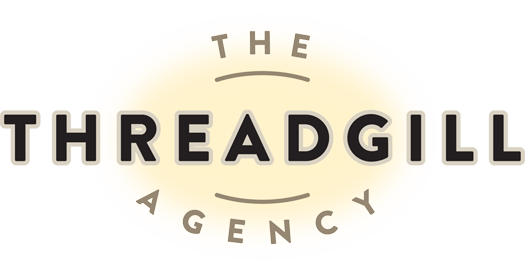
29 Jun GA: Best Practices for Goals, Events, and E-commerce Tracking
Get The Most Out Of GA With These Best Practices
Running a business today means making the most of your online presence, whether it’s your e-commerce store, white papers downloads, or free videos that serve and inform your clients. Creating great content is only half the battle, while tracking online campaigns and evaluating your ROI is another key component of success.
Threadgill Agency makes sure Google Analytics is working for you, creating great campaigns to generate traffic to your website, then curating the data to help you put your marketing resources where they count. Strategically setting up and tracking events, goals, and e-commerce in Google Universal Analytics leads to organized data that supports your overall business goals.
In this article, we’ll review best practices to get the most from Google Universal Analytics tracking tools. We’ll also briefly discuss the new Google Analytics 4 and what that means for data collection and marketing in the future.
Setting it Up for Success: Tracking
Event Tracking
When measuring activity that occurs within a particular page, setting up Event Tracking is vital. Having a clear purpose for the event and a consistent label helps you organize and slice the data to help you gain the most insight.
Universal Analytics has a three-tier hierarchy for how event data is collected and how they are segmented into reports:
- Event Category: A general label for the event that allows you to broadly cover all events that fall under that category. Example: White Papers
- Event Action: Typically the action that triggers the event. Example: “Download,” “Print,” or “Share”
- Event Label: Specific Name of White Paper / Page Example: “Google Analytics White Paper”
When constructing your events, think of the questions you want answered. For example:
- Are White Papers downloaded or shared more?
- Event Category: White Papers Segmented by Event Action: Print & Share
- Do people download White Papers or Case Studies more?
- Event Action: Download Segmented by Event Categories: White Papers and Case Studies.
Best practices for Events include:
1) Using the three tiers to cross reference each other in reports.
2) Labeling with consistent and clear language for maximum reporting flexibility. In order to achieve this, naming the Event Actions the same way in each of the Event Categories allows you to create a complete picture with the data.
Goal Tracking
Similar to Event Tracking, Goal Tracking is generally associated with a conversion activity, or an action a user takes on a site (ex: a purchase, a download, filling out a form). While there may be some overlap, there is a distinction. Monsterinsights.com defines them this way:
- Goals are “used to measure actions on your site that directly affect the success of your business…often measured in terms of revenue.” E-commerce purchases, newsletter conversions, and other data collection actions are goals. They are found in Conversions and Acquisitions reports.
- Events “track simple interactions on your website that may or may not affect your bottom line.” Events include file downloads, watching video content, or button clicks. These are found in the Behavior reports. Some events can be tracked as goals. MonsterInsights offers this example: Track PDF downloads of your pricing sheet or form conversions requesting a quote.
Goals can be counted as conversion events and passed back to Google Ads. For example, to optimize a campaign based on “Order Online” clicks, create an event to track that activity, map it to a goal, and map it to a Google Ads conversion. Goals can also be set to a specific URL the user reaches, such as the “thank-you.html” page.
Google suggests these best practices for Goals:
1) Use intuitive names.
2) Assign a goal value, even though it’s optional. This helps monetize and evaluate conversions, even if it’s not a purchase goal. For example if a certain percentage of newsletter subscribers spend an average dollar amount, you can calculate that value. Skip to “Goal Value” in this article to see how.
3) Keep track when you change or repurpose an existing goal.
E-commerce Tracking
Your most valuable data will come from customers who are making purchases in your store. Without the need for setting up a Goal tracking funnel, Google Enhanced E-commerce enables some funnel tracking within the shopping cart. This feature also allows for product definitions to have up to five layers of product category, so you can really niche down to what people are looking for.
Shopping Behavior provides valuable insights on product views, product cart adds and removals, sessions that progress to the check out page, and those resulting in a transaction. You can also track Check Out Behavior – or the progression through the checkout funnel steps (billing, delivery, taxes/delivery fees, order completed). Within E-commerce Reporting, the Marketing Reports allow for the tracking of order promotion codes, product specific promo codes, and internal promotions.
Google Analytics 4 – A Whole New Ballgame
While this article covers how to get the most out of Google Universal Analytics, Threadgill previously reported on the roll out of Google Analytics 4 in October 2020. This new system will require a fresh way to think about reporting, capturing a broader scope under Event Tracking. GA4 focuses on user experience, such as button clicks or completed forms, instead of the previously based URL page views. Because of the learning curve, most experts recommend concurrently running GA4 (and collecting the data) while actively using Universal Analytics.
